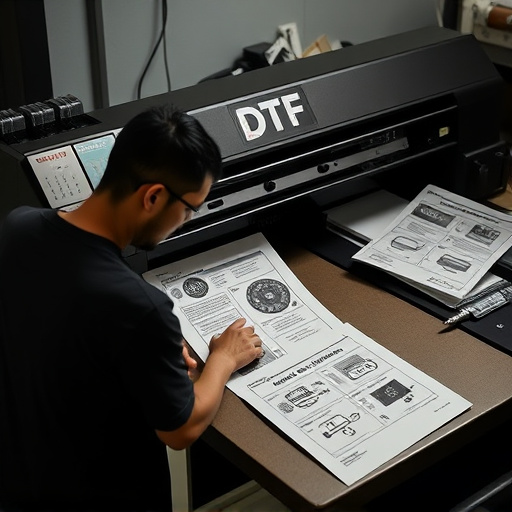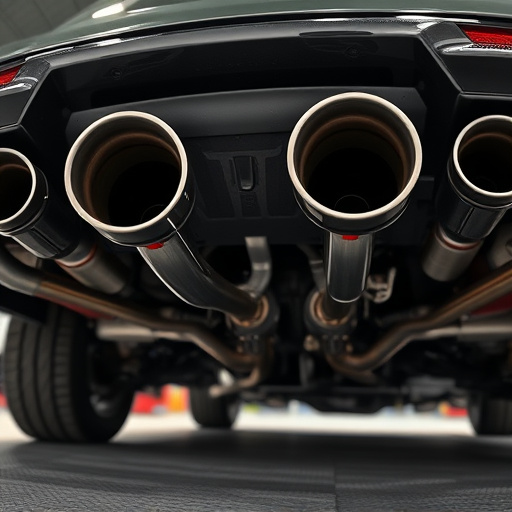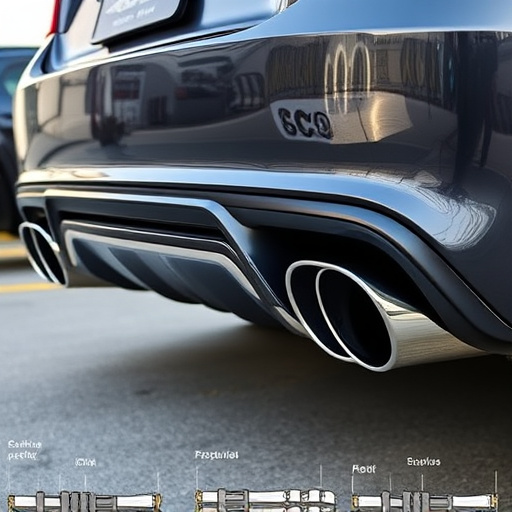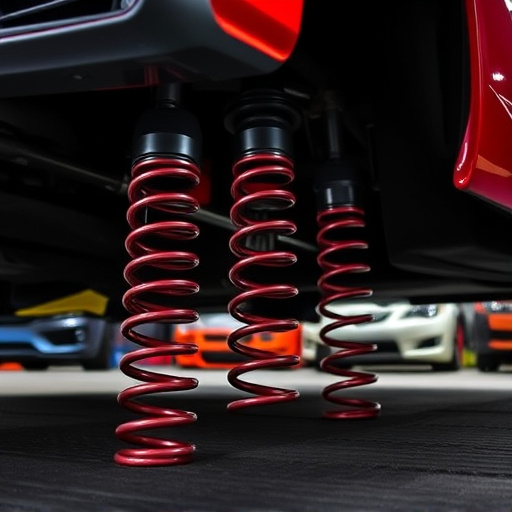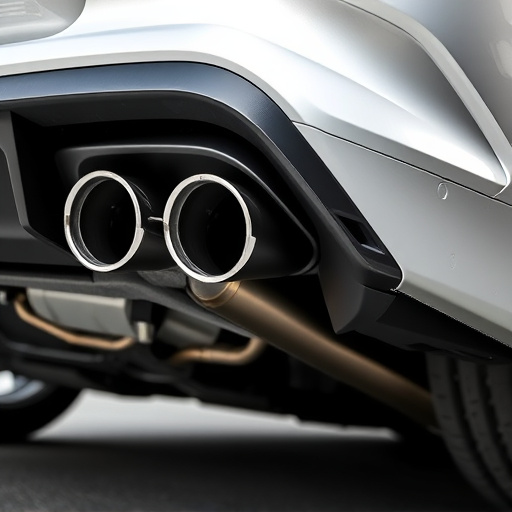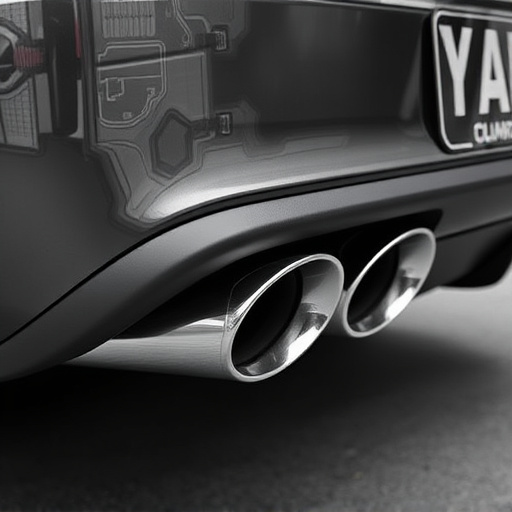Specialized welding techniques like GMAW or laser welding are crucial for crafting high-performance titanium exhaust systems, ensuring precise heat control to maintain structural integrity. Proper surface preparation, including thorough cleaning, roughening, and using appropriate cleaning solutions, is vital for robust welds. Strict quality control, advanced welding methods (like TIG), and professional training are necessary due to titanium's unique properties, enhancing the performance and durability of titanium exhaust systems for various vehicles.
In the realm of high-performance automotive engineering, crafting a robust and reliable titanium exhaust system is paramount. This article explores the best practices for welding titanium exhaust components, delving into crucial aspects like selecting appropriate welding techniques tailored to this exotic metal, meticulous preparation and cleaning of parts, and upholding stringent quality and safety standards throughout the process. Mastering these practices ensures a symphony of performance and durability in any titanium exhaust system.
- Choosing the Right Welding Techniques for Titanium
- Preparing and Cleaning Titanium Exhaust Components
- Ensuring Quality and Safety in Welding Process
Choosing the Right Welding Techniques for Titanium
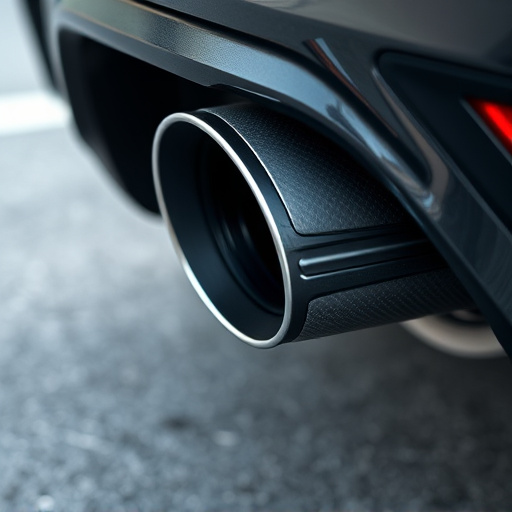
When it comes to welding titanium exhaust components for high-performance vehicles, selecting the appropriate techniques is paramount to achieving superior results. Titanium’s unique properties, including its low density and excellent strength-to-weight ratio, necessitate specialized welding approaches. The key lies in understanding that titanium welds differently than traditional metals.
For a titanium exhaust system, including components like brake rotors, brake pads, and even coilover kits, gas metal arc welding (GMAW) or laser welding is often recommended. These techniques offer precise control over the heat input, which is crucial for minimizing distortion and maintaining the structural integrity of the titanium parts. Proper preparation, such as cleaning the surfaces and ensuring proper fit-up, further enhances the quality of the welds, resulting in a robust and reliable titanium exhaust system.
Preparing and Cleaning Titanium Exhaust Components
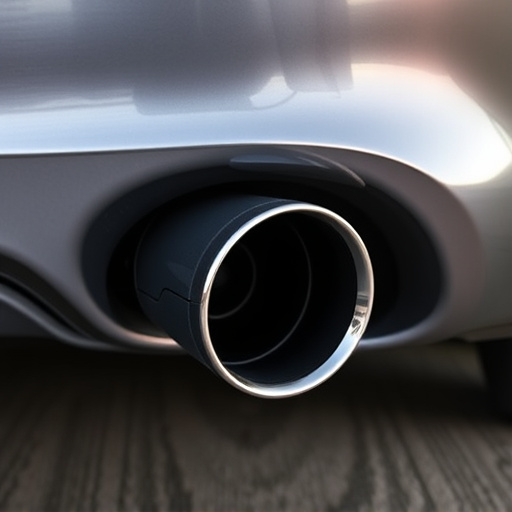
Before welding any titanium exhaust components, proper preparation and cleaning are essential steps to ensure a robust and long-lasting join. The process begins with thoroughly inspecting the titanium exhaust system for any signs of damage or debris. Titanium is highly reactive to oxygen and nitrogen at high temperatures, so it’s crucial to remove all contaminants like grease, oil, and dirt. A careful visual inspection should be followed by using compressed air or a degreaser to blow out and clean any hard-to-reach crevices.
Additionally, the metal surface must be roughened slightly to enhance adhesion. This can be achieved through mechanical methods like sandblasting or chemical treatments that create a textured finish. For optimal results, ensure the titanium exhaust components are free from oxidation by using appropriate cleaning solutions specifically designed for titanium. This meticulous preparation guarantees that the welds not only look clean but also possess superior strength and durability, directly contributing to the overall performance brakes and suspension kits of the vehicle.
Ensuring Quality and Safety in Welding Process
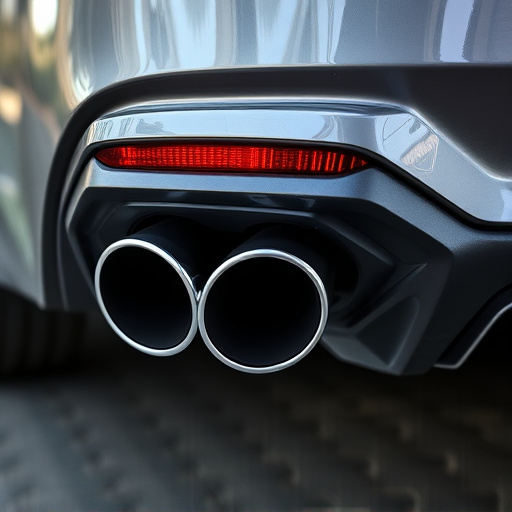
Welding titanium exhaust components for high-performance vehicles requires stringent quality control and safety measures to ensure superior craftsmanship. The process demands precision and expertise due to titanium’s unique properties; it is lightweight, highly resistant to corrosion, yet challenging to weld compared to more conventional materials like steel. Professional welders must adhere to strict protocols to maintain consistency and integrity in every weld, ensuring the structural integrity of the final titanium exhaust system or its components, such as exhaust mufflers.
Regular training and adherence to industry standards are vital for safe welding practices. This includes using appropriate personal protective equipment (PPE) and ensuring proper ventilation to mitigate risks associated with hot metal and fumes. Additionally, welders should employ advanced techniques like laser welding or TIG (Tungsten Inert Gas) welding, which offer greater control and precision, resulting in stronger bonds and improved overall quality of the titanium exhaust components, be it for sports cars, motorcycles, or other high-performance machines.
When it comes to crafting a robust and reliable titanium exhaust system, adhering to best practices ensures superior performance and longevity. By selecting appropriate welding techniques, meticulously preparing and cleaning components, and prioritizing quality and safety throughout the process, you can achieve exceptional results. These practices not only enhance the structural integrity of the welds but also contribute to the overall efficiency and durability of the titanium exhaust system.





